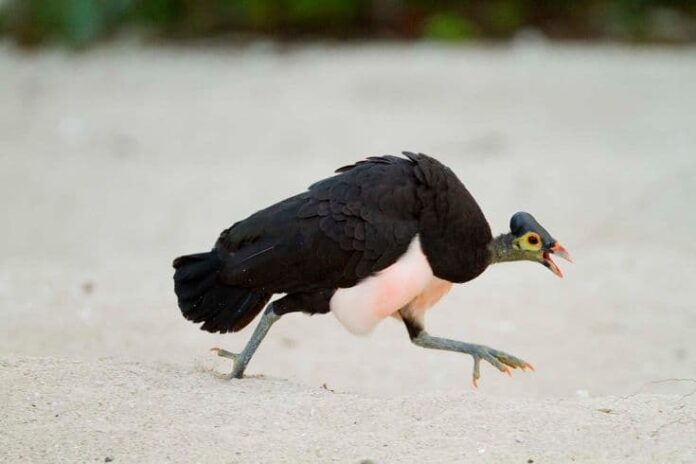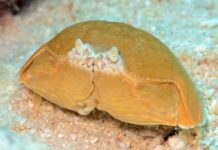Maleo is one of the few birds that look prehistoric, and they also look very graceful at the same time. This little-known bird species is very fascinating in both its appearance and behavior. This is why I want to talk about them so that you know more about this beautiful megapode. Feel free to check out the information and let me know if you find this bird interesting as well.
1Appearance
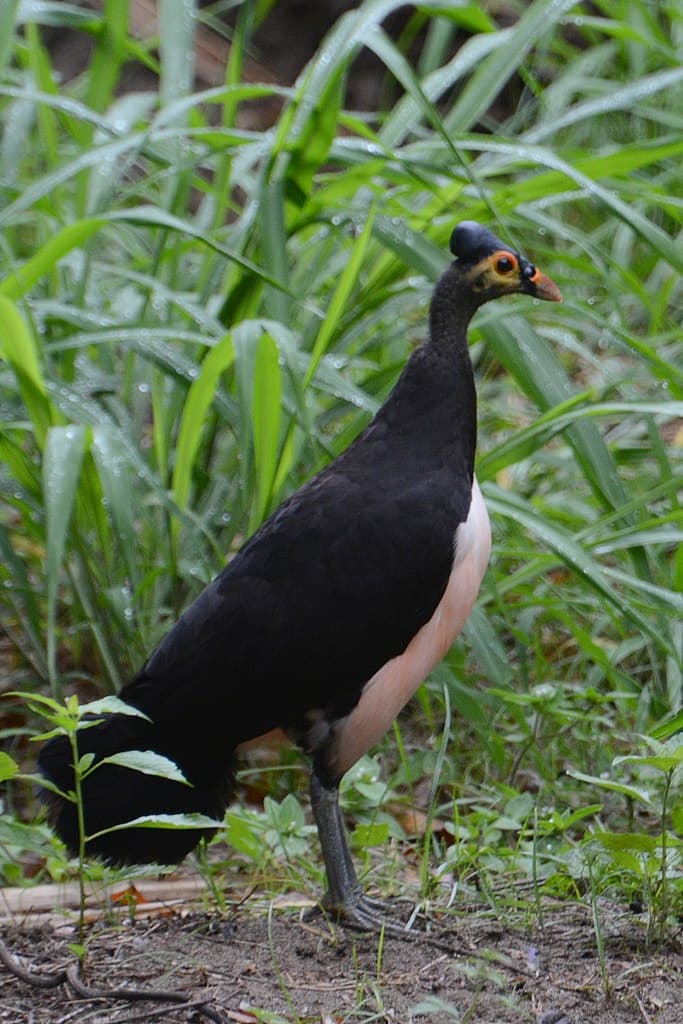
This bird stands 55 to 60 centimeters tall, and it has a very interesting appearance that captures people’s attention. A maleo has a blackish plumage with rosy salmon underparts while the facial skin is bare yellow. It has a reddish-brown iris and reddish-orange beak, and the crown has a prominent bony dark casque. The feet of these birds are grayish-blue and there are 4 long sharp claws on the feet.
A maleo’s bird legs are stout which allow them to weave through the forest understory swiftly. As mound builders, they also use their powerful legs to scrape together enormous piles on the forest floor. The pile includes a layer of decomposing vegetation at the bottom, a layer of sand or soil on top, and their eggs in between. And that is how they incubate their eggs.
2Behavior
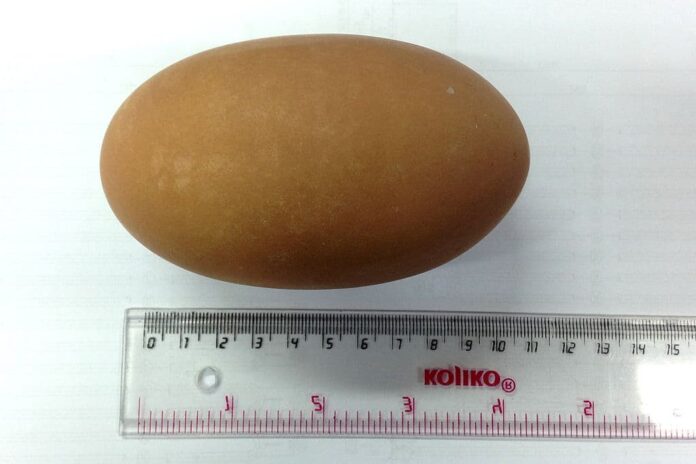
Maleo birds are monogamous, and their family members stay close to each other all the time. The eggs of a maleo are very big, they are around 5 times bigger than a domestic chicken egg. Male maleo birds dig a deep hole that is big enough for the females to lay a few eggs. A female lays and covers each egg in a deep hole in the sand, allowing nature to incubate them. The pair breeds all year, and they return to the same nest site to repeat the same process every 2-3 months.
When the egg hatches, the chicks work their way up through the sand and hide in the forest. Maleo chicks are able to fly and are totally independent right after hatching. The parents leave and never return after laying the eggs, so there is nothing the hatchlings can do. It is also because they have to find food and defend themselves from predators in the wild. Some of the most common predators of these birds are cats, monitor lizards, reticulated pythons, and wild pigs.
3Feeding & Habitats
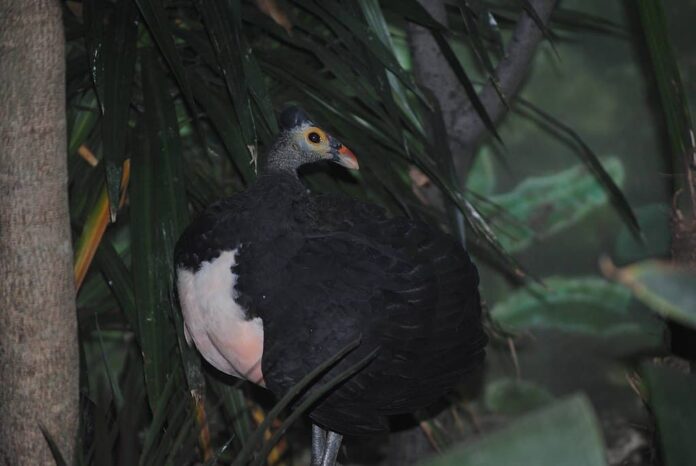
The diet of maleo consists mainly of fruits and seeds as well as ants, beetles, mollusks, termites, and other small vertebrates. Maleo is endemic to Sulawesi and a smaller island nearby called Buton in Indonesia. Normally, these birds live in hill forests and tropical lowlands but they nest at the beaches, open sandy areas, and volcanic soils. Areas with inland forests next to tall imposing mountains, lowland hills, and rainforests are also their favorite spots. They like to nest in areas that are heated by the sun or with geothermal energy for incubation.
4Threats
One of the main threats to these amazing birds is egg poaching along with land conversion to agriculture. At the same time, fragmentation and shrinking of forest habitats are also serious threats to their survival. On some occasions, wildfires clear large areas in the forests that affect their habitats so much. The Indonesian government has been protecting them, but their status on the IUCN Red List is now Critically Endangered.
Related Post: Dracula Parrot Facts

